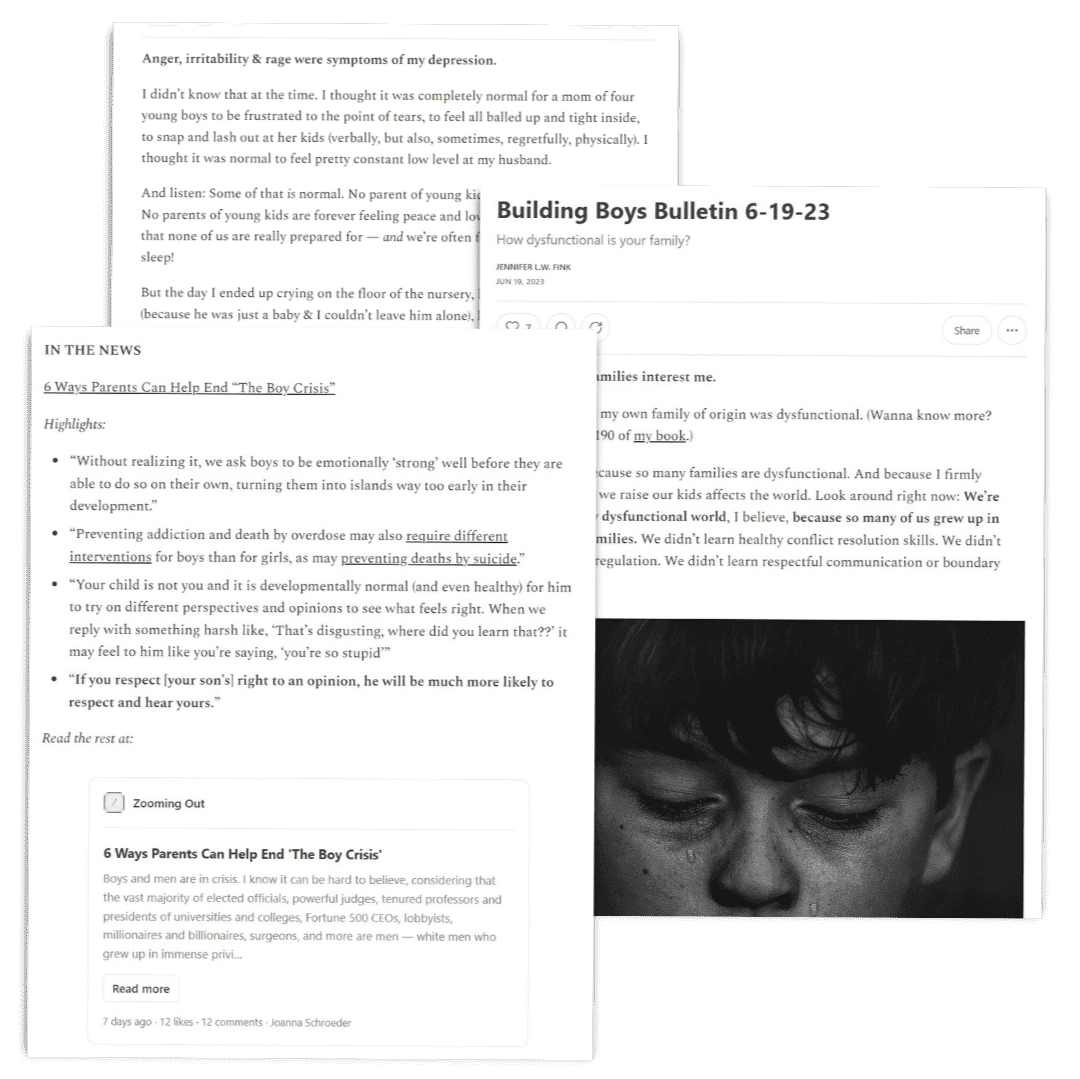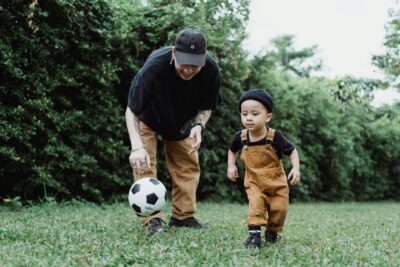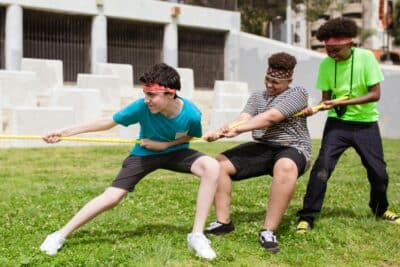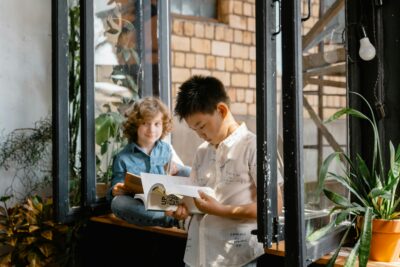
My heart hurts.
I haven’t even finished processing the fact that a 12-year-old boy in Nevada shot two other boys and killed a teacher at school earlier this week. So many thoughts weigh heavily on my mind– another school shooting; boys, again, at the center — as I struggle to make sense of what’s happening, why it’s happening and how to help, and then this: a 14-year-old boy in Massachusetts is in custody for killing a teacher.
It has to stop. The killing has got to stop.
I don’t know all the facts of these latest two cases. Law enforcement officers have not yet released a motive for the Nevada school shooting, and none of the news outlets are reporting how the teacher was killed in Massachusetts, nor speculating on why. But some facts are too stark for me to ignore:
- People are dying
- Boys are killing them
Predictably, another call is going up for increased gun control. People are wondering how a 12-year-old boy got his hands on a semiautomatic handgun, while news reports indicate that he got the gun from his home. (Media outlets say his parents may face charges.)
I’m not naive, though. I don’t think taking away or limiting guns will put an end to whatever is causing THIS, this epidemic of distress and pain spilling over into violence. THIS is not caused by guns. So while common sense gun laws may (or not) limit the death and destruction, they will do nothing to address the underlying pain that is causing some of our boys to resort to extreme violence.
If we want to help our boys and make the world a safer place for all, we need to intervene well before a boy ever reaches for or even thinks about reaching for a weapon. This problem is complex, and will require a complex, multi-dimensional response. Here are some suggestions:
1. Every boy (and girl) deserves a safe environment. Teachers, physicians, pastors and community members need to keep their eyes open for signs of family dysfunction and abuse, and intervene. Children who experience and see violence and abuse are prone to repeat that behavior — and science has shown that their proclivity toward repeating dysfunctional and unhealthy behavior may be more than simple mimicry of what they’ve seen. Growing up in a hostile, abusive and/or neglectful environment has been shown to alter the biology and functioning of human beings. (Want to know more? Google “epigenetics.”)
So if we want a safe environment for all, we need to make sure our kids are cared for. We need to make sure that all kids have access to enough nourishing, healthy food. We need to make sure that all kids can get outside to play, that all kids can see the doctor as needed. We need to ensure that all families have access to high-quality childcare and education. My desire for a safe, peaceful environment for all is part of why I support the Affordable Care Act and President Obama’s push for universal preschool, even though both pieces of legislation are imperfect and may have unintended consequences. (And even though I personally think the kids can learn just fine without institutional educations.)
If we want our kids to be non-violent, we need to give them ALL the chance to succeed.
2. Let boys (and girls) feel their emotions, and help them learn how to manage both positive and negative emotions. Too many of our boys are still told to “man up.” Our boys learn, from a young age, that it’s not OK to cry or to be vulnerable, that to be a man means mastering your universe.
That’s wrong.
It’s time to deconstruct the Act Like a Man Box, and to recognize the fact that boys and men, girls and women are full human beings with the right and responsibility to feel and express the full range of human emotions — sadness, fear, happiness, joy, jealousy, desire.
Step #1 is allowing our kids to feel their feelings. It’s not shaming them when they behave in a way that’s contrary to our gender expectations. It’s opening our hearts and minds enough to accept and appreciate our children as individual human beings. It’s letting super-sensitive kids be upset to the point of tears when something bad happens to their favorite book character. It’s acknowledging a 12-year-old’s extreme frustration when he doesn’t make the team.
Step #2 — teaching our kids to appropriately manage their emotions is much harder because many of us, the so-called grown-ups, haven’t learned how to successfully manage our emotions. We stuff them. We let them explode. We drink to dull the pain, or deny negative feelings and facts. In order to teach our kids — all kids — to manage their emotions, we must first confront our own. We must look at how we handle anger, pain, disappointment and joy. We must be aware of our own actions — and become uncomfortably aware of the fact that kids will follow our actions, not our words.
It’s not enough to talk to kids about how to handle disappointment or betrayal. Our kids need to see us handling those things in productive, healthy, respectful ways. Our kids need to see us treating people we don’t like with respect. They need to see us setting and maintaining boundaries. They need to see us reaching out for help and social support. (Want a quick-start guide for how to more effectively model good communication and healthy respect for emotions? Learn about Rosalind Wiseman’s SEAL technique here.)
3. Rethink zero tolerance policies.
Our fear of destruction and death — our very real fear of destruction and death, couple with our desire to keep our kids safe at school — has led many school to institute zero tolerance policies that ban weapons. The problem is that these policies have expanded — often to the point where effectively limit play.
Listen: I don’t want kids bringing guns or knives to school. But neither do I want 7-year-olds suspended for bringing butter knives to school, or kindergarteners kicked out for chewing snacks into gun shapes. I don’t want little boys thinking there’s something wrong with them when they draw pictures of battles. And I really, really don’t want kids to lose valuable chances to deal with their fears and emotions.
Have we become so strict that we’re taking away kids’ chances to process ideas and emotions? Might it not be better to let boys write about guns and battles and killing than to ban such expression — and let the thoughts fester in their heads?
Zero tolerance and anti-bullying policies have also limited kids’ chances to deal with bullies. Years ago, parents and teachers alike tended to believe a kid was in the right if he hauled off and hit the bully who’d been tormenting him. Today, if a child who is being bullied strikes his torment0r, the bullied child will likely be suspended or expelled from school. The bully may well get off scot-free, because bullies are notoriously good at hiding their activities from teachers and adults.)
Today, we tell bullied children and those who witness bullying to tell a teacher or adult. And while I get the desire to decrease violence in this way, could the message we’re sending our children be any more at odds with their natural inclinations? Boys, especially, desire to be viewed as strong and powerful. They want to feel competent. Going to an adult — admitting, out loud, that you can’t handle the problem and would like the adult to handle it for you — goes against everything in a boy’s body.
So I’m wondering, out loud and in print: Are we, the adults, perhaps unintentionally contributing to school shootings by restricting all forms of physical fighting? Would letting kids solve problems physically, at times, keep things from simmering to the extent that they explode in a hail of bullets?
I don’t know the answers. But I do know that virtually every man over the age of 35 has at least one story of physically standing up to a bully, and will tell you that the altercation altered the relationship between the boy and bully. Boys used to come home with black eyes. Today, too many end up with bullet holes instead.
- Common sense gun control.
Our kids should not have free access to guns, period. Adults who have guns at home need to keep the guns away from children. I know gun advocates will argue that keeping all guns locked up inhibits adults from quickly reaching for a gun if one is needed for defense. I sympathize with the argument; it makes sense to me. Then maybe part of the answer is personalization technology — technology that won’t let anyone but the gun owner use that weapon.
This is no simple answer to the problem of gun violence or school shootings. If we want to help our kids, and eliminate school shootings — an effort we all agree is worthwhile — we need to start well before a boy ever considers reaching for a weapon.
What else do you think can be done to help end this culture of violence?







2 Responses
Research study: Childhood poverty affects adult emotional regulation http://www.theatlantic.com/health/archive/2013/10/study-childhood-poverty-linked-to-less-emotional-regulation-later-in-life/280806/
Thanks for your newsletter. I believe that we are doing something terribly wrong to have so many acts of violence committed by our boys. It seems that they are not getting healthy ways to blow off steam or support to know what they feel and what they can do when life sends them a curve ball. They do not have healthy models of manhood when we showcase men treating women as objects to be ogled and used but not valued and respected and fatherhood is not just a DNA donation. Mothers need to take responsibility also to choose men to father their boys and not someone who, by his actions, has probably told them in many ways that he is not a father. “Baby maker” and “father” are not synonymous. Fathers stay to raise men! Our schools compound the problems by painting all acts with the same brush, limiting recess and having no tolerance for common sense ways of managing mistaken or exploratory behavior. This is a part of the learning curve! Neither boys nor girls learn how to manage the negative assaults to their self-concept such as grief and disappointment without falling apart. Boys of color grow up not knowing if they will be a victim just because of the color of their skin. Lastly, we have taken the arts, some of the fun rituals, and events out of our schools so that we can be “fair to all” and focus on curriculum. No wonder they are stressed out and lash out when there is so much bottled up with no reasonable outlets for frustration and few spirit boosters. We must do better and your newsletter is a help.